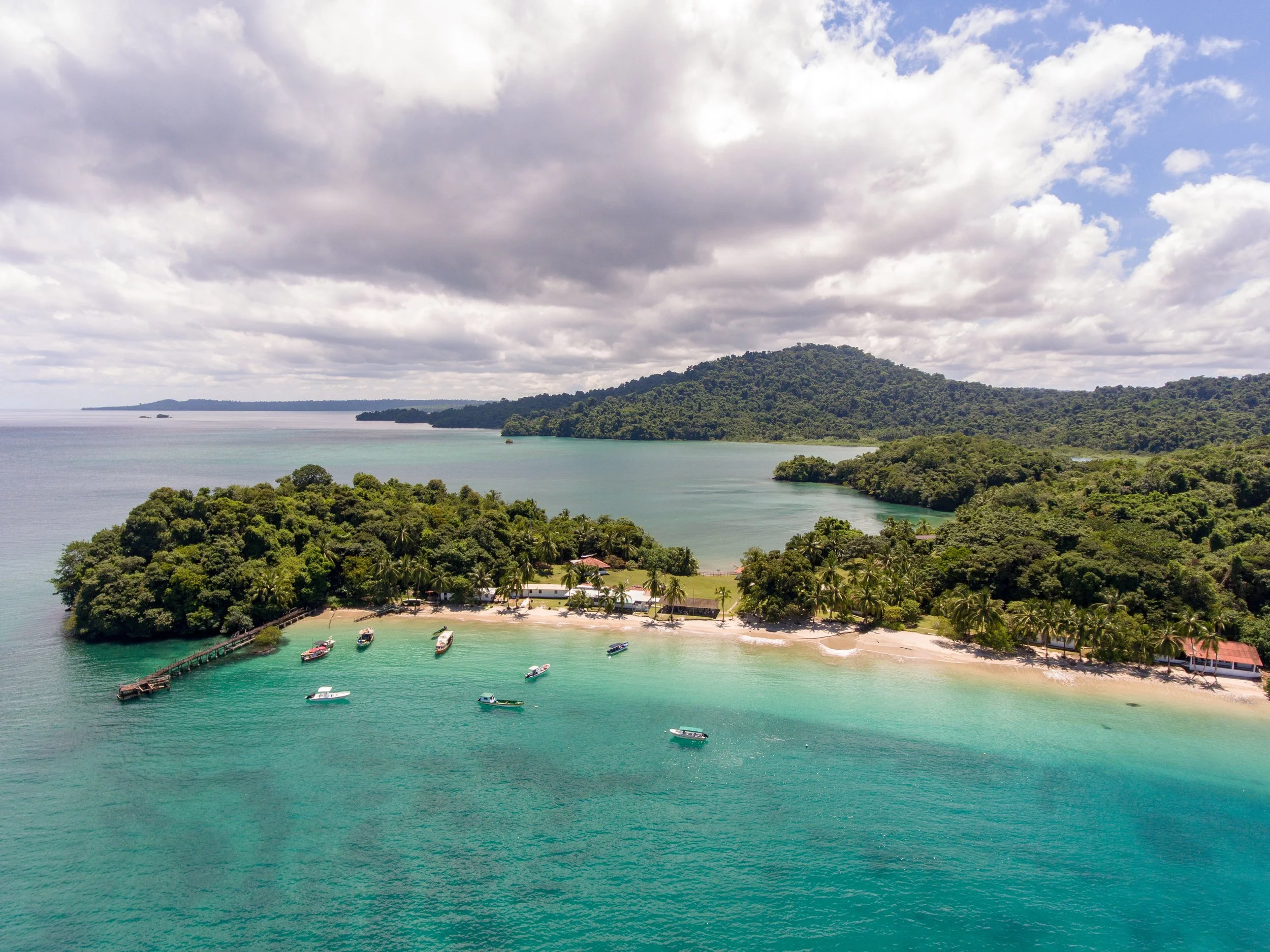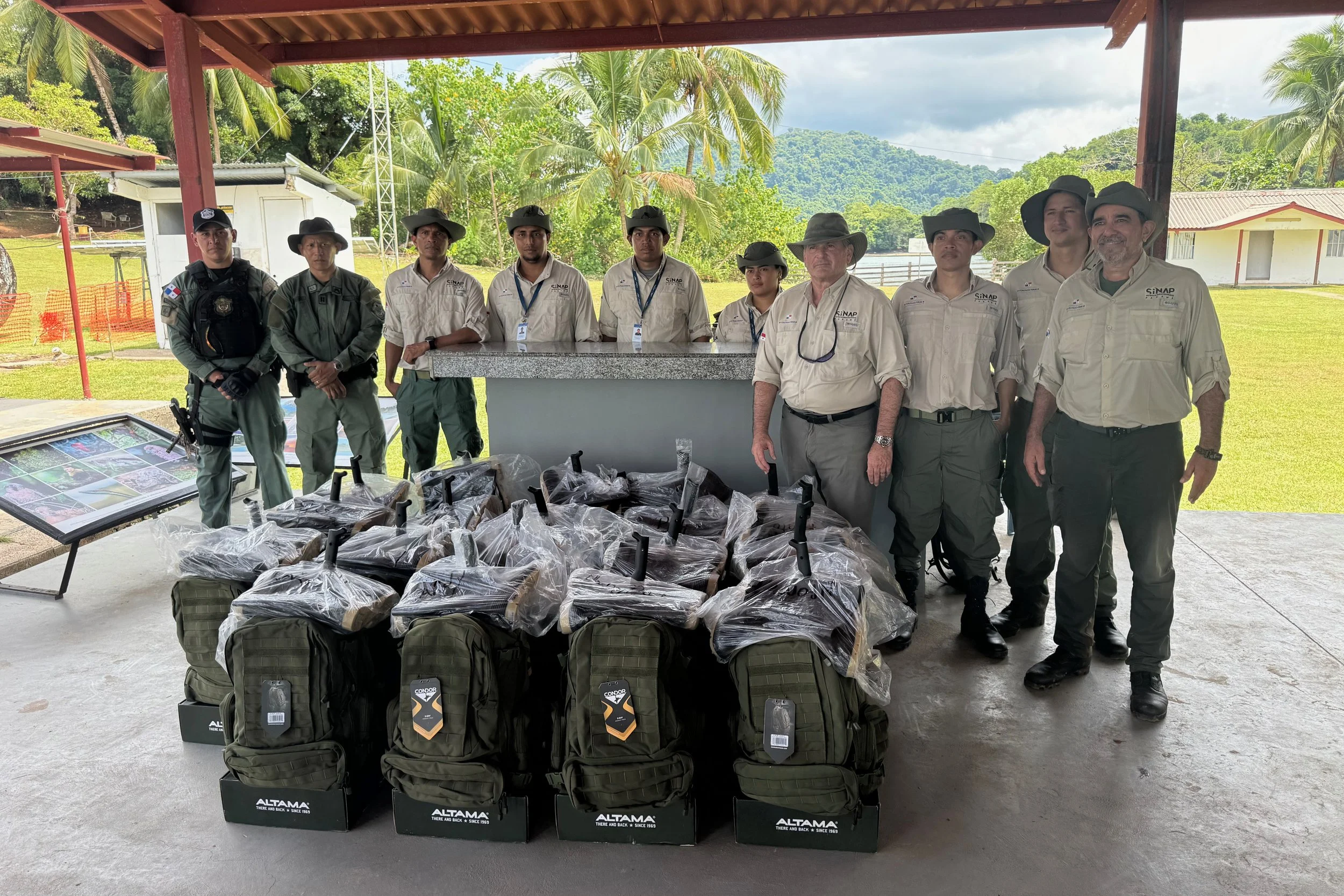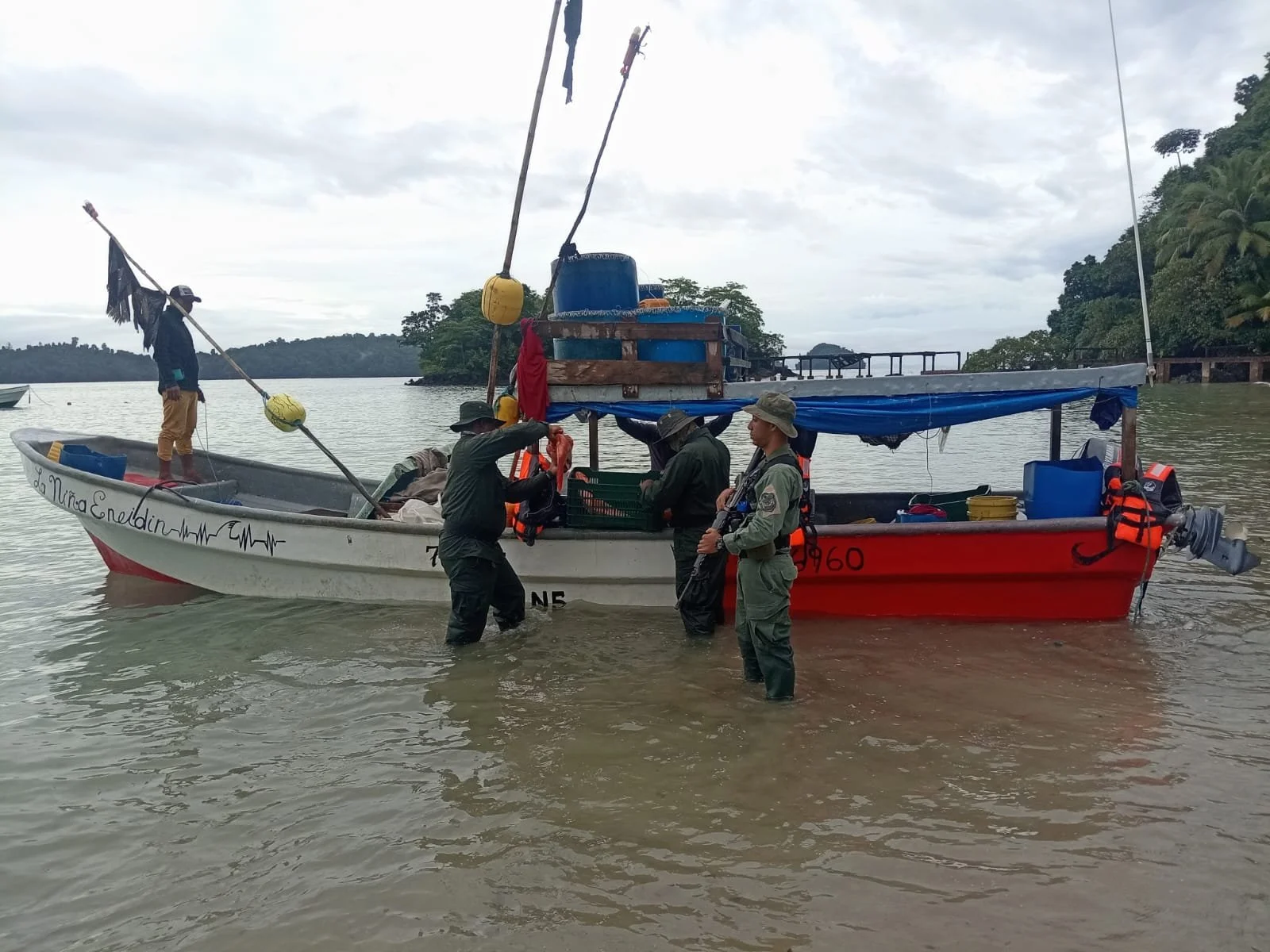2024-2025 Year in Review: Coiba National Park
Coiba Island, Panama. Photo ©adobestock.com
Coiba National Park, off the southwest coast of Panama, protects Coiba Island, 38 smaller islands, and the surrounding marine areas in the Gulf of Chiriqui. They are all part of the UNESCO World Heritage Coiba National Park and Special Zone of Marine Protection. Coiba’s Pacific tropical rainforest maintains exceptionally high levels of endemism of mammals, birds, and plants due to the ongoing evolution of new species.
It is the last refuge for a number of threatened animals, such as the crested eagle. The property is an outstanding natural laboratory for scientific research and provides a key ecological link to the Tropical Eastern Pacific for the transit and survival of pelagic fish and marine mammals.
President of Panama José Raúl Mulino Applauded Global Conservation and MiAmbiente Deploying World-Class Marine Protection and Radar Technology
In his weekly national address on television, President José Raúl Mulino expounded on Global Conservation’s Marine Protection program in Coiba National Marine Park, detailing the support, equipment, training, and new Marine Monitor radar installation, which resulted in multiple illegal fishing arrests in its first month of operations.
The National System of Protected Areas (SINAP) of Panama has adopted EarthRanger as a management and monitoring tool across its protected areas.
In a groundbreaking conservation initiative, Global Conservation has completed a high-impact field training and technology deployment mission in Panama’s Coiba National Park, a UNESCO World Heritage Site. Over the course of four days, 18 park rangers received advanced marine protection training from international law enforcement experts, reinforcing Panama’s efforts to combat illegal fishing and safeguard one of the most biodiverse marine ecosystems in the Eastern Pacific.
This inauguration of GC’s Marine Protection program took place during a working visit to Coiba island by Minister Juan Carlos Navarro and GC’s Executive Director Jeff Morgan to review the area's work plans for upgrading park facilities and learn from MiAmbiente teams about the threats and technical and scientific requirements for Marine Protection, while strengthening GC’s partnership with Panama to strengthen the control and protection of the country’s three most important national parks with over 4 million hectares of intact tropical rainforests and marine ecosystems.
This mission underscores Global Conservation’s dedication to empowering frontline park rangers and strengthening enforcement in World Heritage Sites across the globe.
In addition to the Marine Monitor radar system, park rangers were also given 25 smartphones, computers, and Starlink systems—to ensure reliable connectivity between park rangers and protected area administrations, which will implement the EarthRanger park protection real-time platform and integrate all patrolling with the marine radar to generate real-time alerts. The GC Marine Protection system was developed by the Protected Seas and EarthRanger organizations.
With the support of Global Conservation, through the Global Park Defense program, this technology significantly strengthens control and surveillance efforts.
In 2025, 23 vessels were captured that were engaged in illegal fishing in and around Coiba National Marine Park. The new patrol boat, along with the new M2 Radar from ProtectedSeas and funded by GC, made this achievement possible.
Of those 23 captured vessels, 16 of them were captured in May 2025 alone. The raid was the largest bust in the history of the country, and it was just the beginning of a new chapter for Panama Park.







